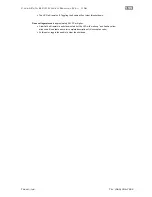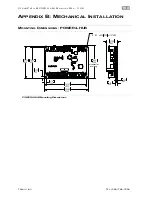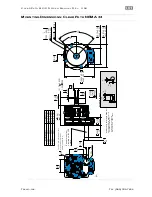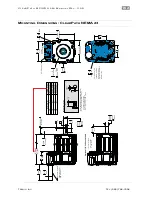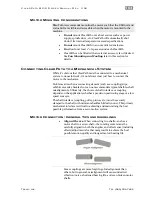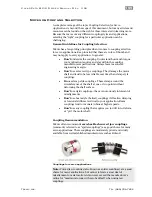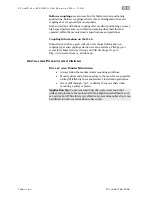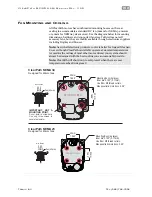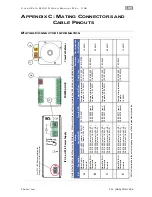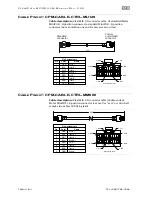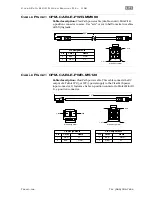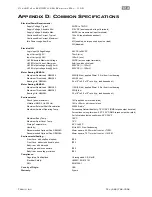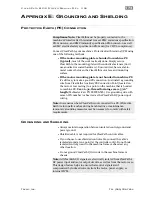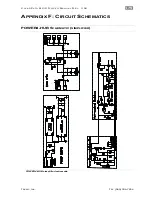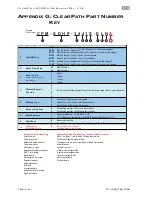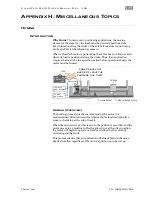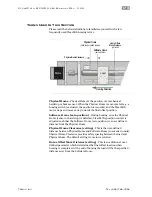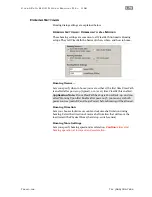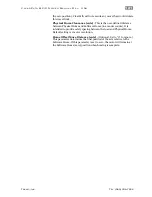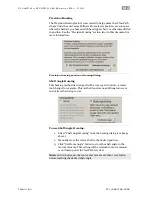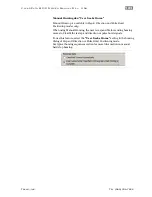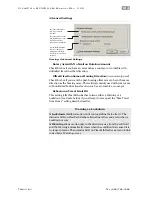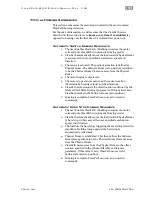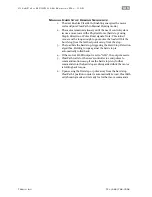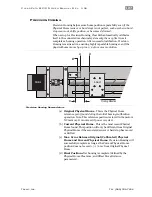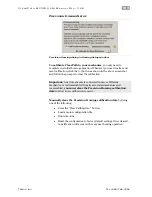
C
L E A R
P
A T H
M C / S D
U
S E R
M
A N U A L
R
E V
.
3 . 0 9
1 7 3
T
EKNIC
,
I
NC
. T
EL
.
(585)
784-7454
A
PPENDIX
E:
G
ROUNDING AND
S
HIELDING
P
ROTECTIVE
E
ARTH
(PE)
C
ONNECTION
Compliance Note:
ClearPath must be properly connected to the
machine’s Protective Earth terminal to meet EMC emissions specification
EN-61000-6-4, and EMC immunity specification EN-61000-6-2, as well
as EMC electrical safety specification EN-61010 (for CE/UL compliance).
Connect ClearPath to your machine’s Protective Earth terminal (PE) using
one of the following methods.
•
If the motor mounting plate is bonded to machine PE
(typical),
most of the work is already done.
Simply secure
ClearPath to the mounting plate with conductive fasteners (don’t
use anodized or coated hardware). Ensure direct, bare metal-to-
metal contact between the ClearPath motor face and mounting
surface.
•
If the motor mounting plate is not bonded to machine PE
it’s still easy to make a good PE connection. Just install a grounding
wire from ClearPath’s Auxiliary PE Connection Point (located on
the motor’s rear casting) to a point on the machine that is bonded
to machine PE.
Use #6-32, thread forming screw, 5/16"
length
(McMaster-Carr PN
93878A145)
. Use grounding wire with
same AWG number (or heavier) as the ClearPath DC power input
wiring.
Note:
In scenarios where ClearPath
is not
connected to a PE (Protective
Earth) return path–such as during bench testing or maintenance–
temporary grounding measures may be necessary to comply with safety
requirements.
G
ROUNDING AND
S
HIELDING
•
Always maintain separation between isolated control ground and
power ground.
•
Shielded cable is not required for ClearPath control cables.
•
If you choose to use shielded control cable, connect the cable’s
isolated ground at one point (at the controller only). Do not hook
isolated control ground to the machine frame or chassis at any
other location.
•
Do not ground ClearPath I/O circuits to the machine frame or
chassis.
Note:
All ClearPath I/O signals are electrically isolated from ClearPath’s
DC power input and motor output circuits, as well as from the motor case.
This design feature helps to ensure that control signals aren’t
compromised by induced currents from the motor, power supply, or
internal PWM.

